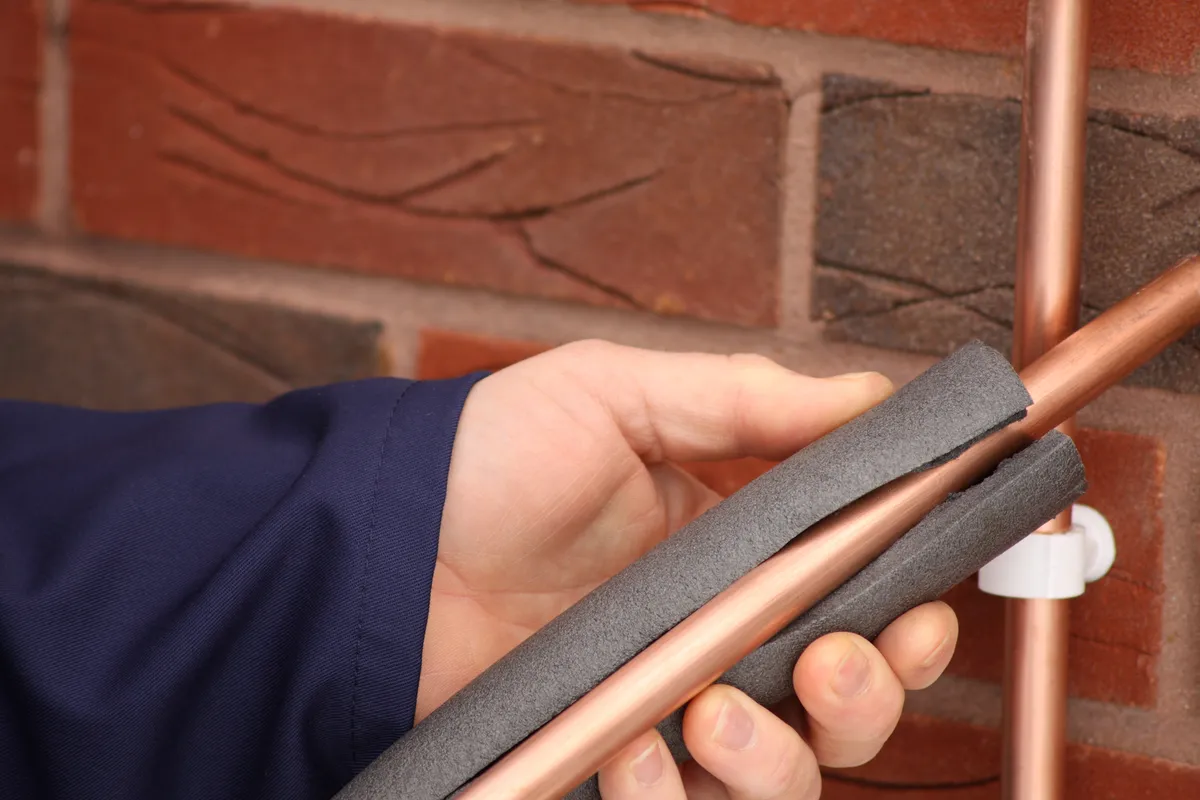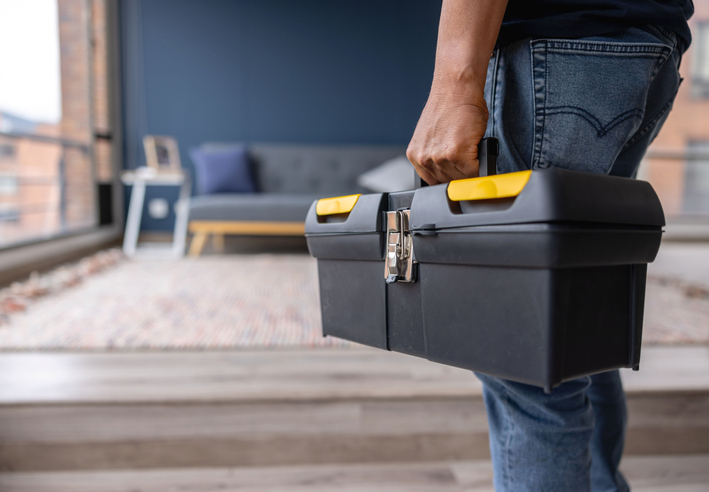As the vibrant colours of summer start to fade, it’s time for rental property owners and managers to shift their focus to fall maintenance. Preparing your rental units for the changing season ensures tenant comfort and safeguards your investment. Make rental management easier through a detailed fall maintenance checklist highlighting key tasks and strategies to help you seamlessly transition your properties into autumn. Whether you’re a seasoned rental manager or a property owner looking to protect your assets, this checklist is your roadmap to a successful fall season.
Exterior Inspection & Maintenance
The first step in your fall maintenance checklist is to assess and address any exterior issues that might worsen with colder weather.
- Roof Inspection: Examine the roof for damaged shingles, leaks, or signs of wear and tear. Repair any issues promptly to prevent water damage during fall rains.
- Gutter Cleaning: Clear gutters of leaves and debris to ensure proper drainage. Clogged gutters can lead to water damage and mould growth.
- Downspout Maintenance: Check downspouts for clogs and ensure they direct water away from the foundation to prevent basement flooding.
- Window and Door Seals: Inspect window and door seals for gaps and air leaks. Properly sealing them can help reduce heating costs during the colder months.
- Exterior Paint and Siding: Touch up any exterior paint and inspect the siding for damage or rot. Addressing these issues now can prevent more extensive repairs later.
- Landscaping Cleanup: Trim trees and shrubs to prevent branches from falling onto the property during storms. Rake leaves and clear debris from walkways.
HVAC System Maintenance
A well-functioning HVAC system is essential for tenant comfort. Fall is the perfect time to ensure everything is in working order.
- Furnace Inspection: Schedule a professional furnace inspection to ensure it runs efficiently. Replace air filters and clean ducts as needed.
- Chimney Cleaning: If the property has a fireplace, have the chimney cleaned and inspected to prevent chimney fires and carbon monoxide leaks.
- Thermostat Check: Test thermostats to ensure they are functioning correctly. Consider installing programmable thermostats for energy efficiency.
Plumbing & Insulation
Preventing frozen pipes and ensuring proper insulation are key components of fall maintenance.
- Pipe Insulation: To prevent freezing, insulate pipes in unheated areas like basements and attics. Use pipe insulation sleeves or heat tape.
- Exterior Faucets: Shut off and drain exterior faucets to prevent freezing. Disconnect garden hoses and store them indoors.
- Water Heater Maintenance: Flush the water heater to remove sediment buildup, which can reduce its efficiency.
- Weather Stripping: Check and replace weather stripping around doors and windows to keep cold and warm air out.

Safety & Security
Tenant safety and property security should always be a top priority.
- Smoke and Carbon Monoxide Detectors: Test and replace batteries in smoke and carbon monoxide detectors. Ensure they are functioning correctly.
- Exterior Lighting: Ensure that exterior lighting is i
- n good working order. Well-lit properties are safer and deter potential intruders.
- Locks and Deadbolts: Inspect locks and deadbolts on all doors and replace any loose or malfunctioning ones.
Tenant Communication
Effective communication with tenants is essential during seasonal transitions.
- Fall Maintenance Notice: Notify tenants in advance about planned maintenance tasks that may affect them, such as roof inspections or HVAC servicing.
- Emergency Contact Information: Ensure that tenants have access to emergency contact information in case of urgent repairs or situations.
Legal & Administrative Tasks
Don’t forget the administrative aspects of rental management during fall maintenance.
- Lease Renewals: Review lease agreements that expire in the fall and begin discussions with tenants about renewals or changes.
- Insurance Review: Review your property insurance coverage to ensure it adequately protects your investment.
- Documentation: Keep thorough records of all fall maintenance and inspections, including dates, repairs, and expenses.
Winterization
Preparing for winter conditions is crucial to avoid costly damage.
- Snow Removal Plan: If the property is in an area that receives snow, have a snow removal plan in place. Contract with a snow removal service if necessary.
- Emergency Generator: Consider installing an emergency generator to ensure heating and essential systems continue to function during power outages.
- Emergency Kit: Assemble an emergency kit that includes flashlights, batteries, bottled water, and non-perishable food items.
Tenant Comfort & Amenities
Finally, consider tenant comfort and amenities as part of your fall maintenance.
- Fall Décor: Add a touch of seasonal charm to the property by decorating common areas or landscaping with fall-themed elements.
- Heating Tips: Provide tenants with tips on efficient heating to help them stay warm without excessive energy consumption.
- Community Amenities: If your property offers communal amenities like a fitness center or swimming pool, ensure they are properly maintained and ready for use during the fall.
Fall maintenance for rental properties is a proactive approach to ensuring the well-being of your tenants and the longevity of your investment. By prioritizing these rental management tasks and staying organized, you’ll be well-prepared for the fall season and enjoy knowing your rental properties are in excellent condition.






